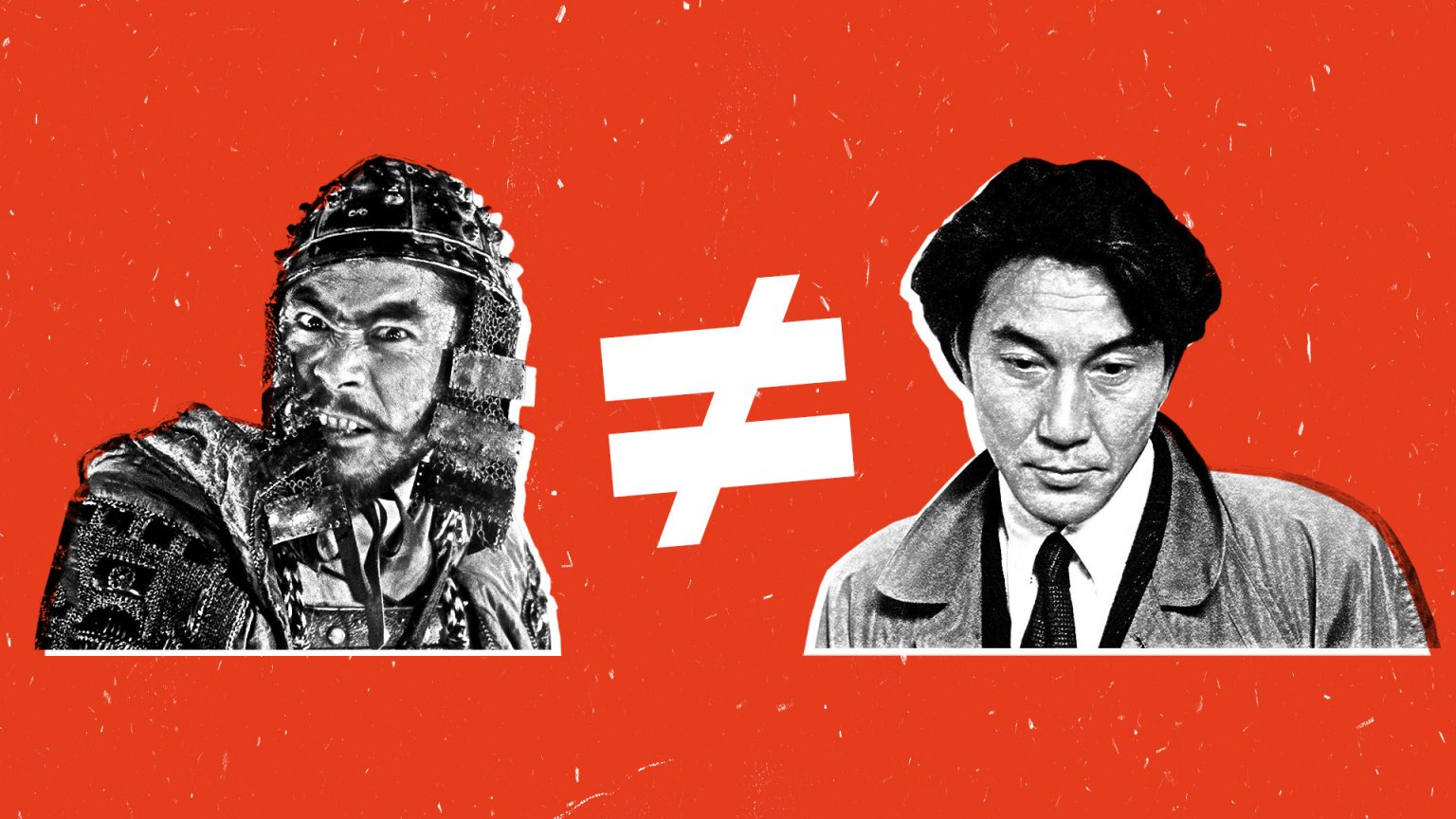If you’re a dedicated follower of Japanese director Kiyoshi Kurosawa this has almost certainly happened to you: You’re walking home from the weekly meeting of your horror movie fan club when you bump into a friend. They know all you do is watch movies, so they ask you what you’ve seen recently. You mention Kiyoshi Kurosawa. Next thing you know they start running their mouth about Rashomon, Yojimbo, and Seven Samurai. Hold up. No, not Akira Kurosawa. Kiyoshi Kurosawa. So I’m here to set the record straight on a director who is anything but the other Kurosawa.
Kiyoshi Kurosawa is a modern master of the Japanese horror genre. However, his influence does not end there. Kiyoshi has been recognized by Cannes, worked in television, and is also a renowned film critic and professor. As a filmmaker, his canon is varied, spanning a wide range of genres. For this reason, critics rarely study his entire collection, but rather choose to highlight subsets of his films. Akira, on the other hand, is more recognizably “auteur.” His films are deemed classics, and people devote their lives to the study of his filmography.
When examining Kiyoshi and Akira’s work the comparison doesn’t go far beyond both director’s extremely prolific careers, and their ability to move between genres. At his peak, Akira was making a film every year, and recently Kiyoshi has been doing two, in addition to television. Akira is well known not only for his samurai movies, but for crime, social dramas, his Shakespearean adaptations, and for literally starting the buddy cop genre with Stray Dog. Similarly, Kiyoshi does not reside only in the realm of horror, dealing with crime, romance, and sci-fi. And his most acclaimed film, Tokyo Sonata, a drama about a dysfunctional family, won the Jury Prize in the Un Certain Regard section of Cannes in 2008.
But why do people think of Akira as an auteur and not Kiyoshi? Akira’s stories are, on some level, more digestible. Kiyoshi works within genres and themes that are far removed from the humanist and theatrical works of Akira. Rather, the common thread throughout Kiyoshi’s works is their ability to envelop you in a quickly unraveling narrative. As these narratives unravel, they explore the idea that nothing affects only the individual. The individual is simply part of a larger story.
Kiyoshi Kurosawa’s films lie in an awkward space. They’re not quite mainstream and not quite indie. Instead, the uncomfortable mix of the two ends up being the source of what makes Kiyoshi’s films so frightening. Films like Cure and Pulse are fascinating because they start off similar to more popular J-horror films like Ju-On and Ringu. However, as we continue to watch, they suddenly take a turn into the purely horrific. Kiyoshi achieves this dysfunctional horror by expelling the terrors haunting his protagonists onto the world around them. As these films progress they become more about their atmosphere and ideas than the characters that first drew us in. These characters end up becoming entry points into the larger, society-wide madness that surrounds them.
Cure, for example, follows a detective investigating what he believes to be a series of unrelated murders committed by people who have no recollection of committing them. However, the film begins to deviate from expectations as we realize that, not only the murderers but the detective and society as a whole seem to be slowly succumbing to some kind of mass hypnosis. We are left to wonder if this trance is being perpetrated by an individual or if, more disturbingly, it is simply the reality of this town.
Even, Tokyo Sonata, Kiyoshi’s more recognizably indie film, descends into madness as the parents of the family each encounter disaster due to their silent grievances.
Penance is a wonderfully unique five-episode television series written and directed by Kiyoshi. In the series, four young girls find their friend Emiri’s body one day after school. Emiri’s mother resents the four girls, feeling that they should have been more helpful in the investigation. Fifteen years later the girls must deal with an almost supernatural penance imposed by Emiri’s mother. However, this retribution is not all it appears to be. As to be expected of Kiyoshi, the horror cannot be confined to the individual and it becomes clear that the problem lies deeply rooted in society rather than any of the girls alone.
It’s always difficult to predict what the new canon of essential films will be fifty years from now. Could Kiyoshi someday be revered, to the point of name dropping, as Akira is today? The medium of film is changing and there are new things to consider when we think of “the classics.” Television, for example, has become increasingly legitimized by more and more prestigious productions. Directors like David Lynch, Carry Joji Fukunaga, and Patty Jenkins are recognized for not only their film but their forays into the world of television as well. Similarly, while horror has not always been seen as a genre in which auteurs can thrive, this has begun to change with the rise of directors like Robert Eggers and Ari Aster. Kiyoshi Kurosawa sets the standard for the way in which we might reinterpret auteurism. The disparities within Kiyoshi’s work may seem like irreconcilable fissures, but his career, so far, is nothing short of auteur-like.
Watch Now: Kiyoshi Kurosawa’s Penance and The Guard from Underground.




